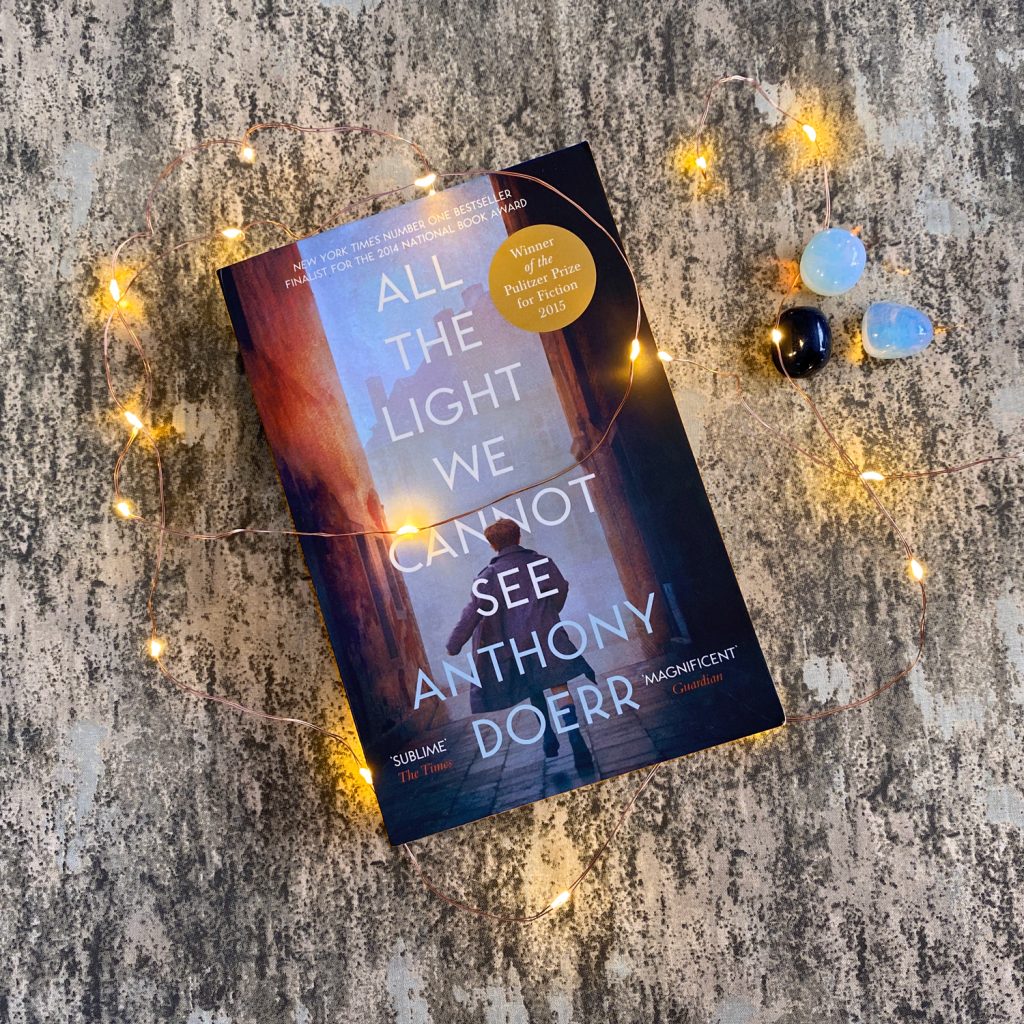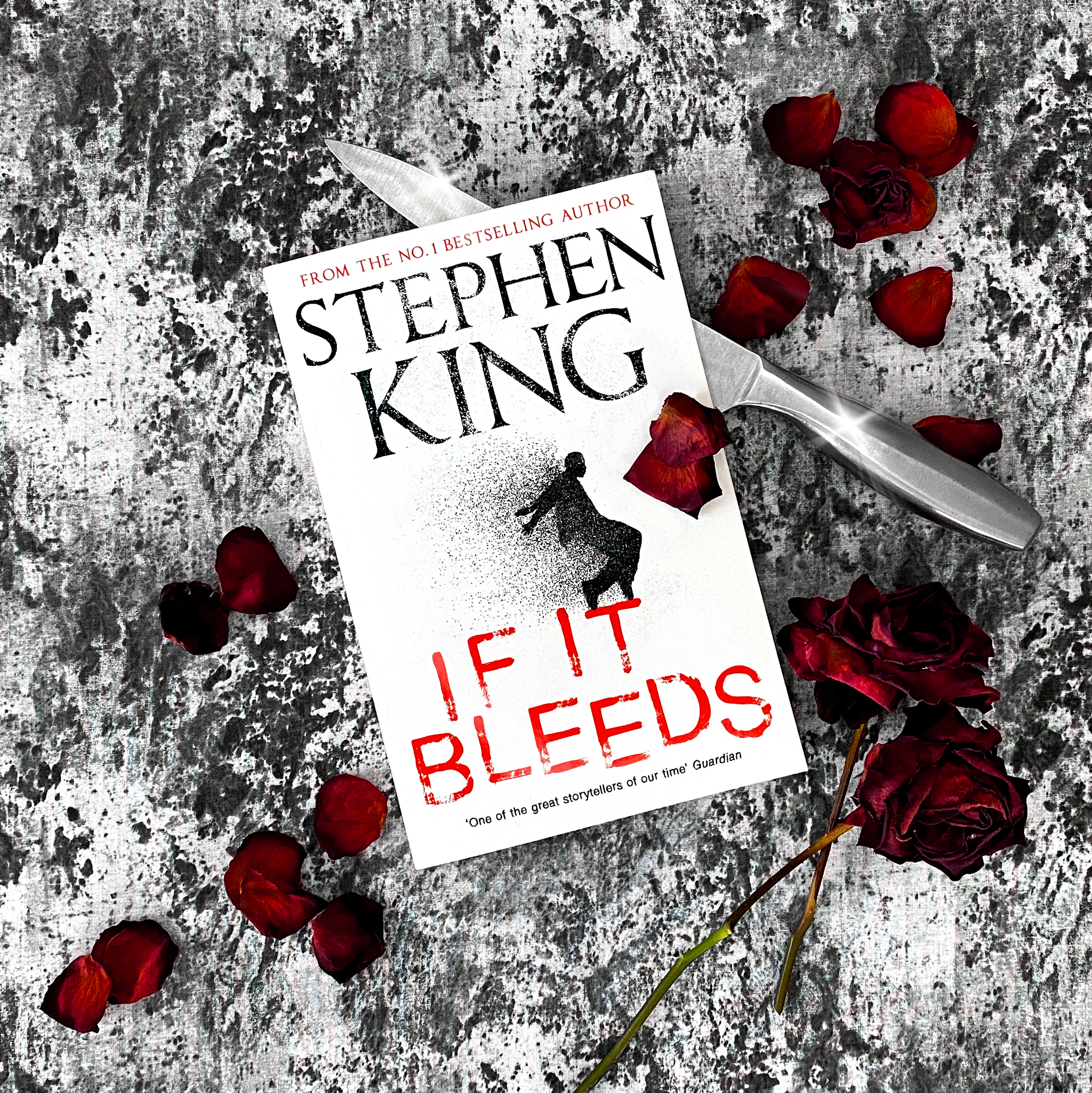Anthony Doerr’s All the Light We Cannot See, winner of the Pulitzer Prize for Fiction 2015, tells the story of two teenagers trying to navigate and survive the devastation of World War II.
Marie-Laure is a blind girl in the Nazi-occupied French town of Saint-Malo, under the care of her great-uncle and his housekeeper. She is guided by the lessons learnt from her absent father, a skilled locksmith. The precious gift she carries with her holds a secret that makes her an unwitting target.
Werner, a German orphan, is intelligent and talented. Destined to work in the mines where his father met his fate, he makes an unexpected discovery which offers him a promising future in the Nazi army.
Ultimately, the lives of the two youths intersect in unexpected ways.
The writing style of All the Light We Cannot See is lyrical and moving.
Scenes are captured in rich detail, perceived by all senses. Often the setting is animated with a quality of personification, as though it was a character in itself.
“Winter sucks the light from the castle.”
Although Marie-Laure observes situations without sight, her experiences are often described in colour. I recall there being a “burst of crimson”, but I can’t find the exact quote. The absence of a visual sense allows for a greater distinction of touch, sound, vibration, smell, taste and instinct.
“At last, a man in rustling clothing sits down with them.”
Sometimes the more tangible senses drift into an imaginative composition.
“She feels the great granite fist, sunk deep into the earth’s crust, on which Saint-Malo sits, and the ocean teething at it from all four sides, and the outer islands holding steady against the swirling tides…”
At times, Marie-Laure’s fear is palpable as she reads and evaluates her situation. Awareness is coupled with knowledge, yet her vulnerability is exposed. What is her adversary’s range of vision? Can she be seen from where she crouches?
Meanwhile, Werner witnesses extreme violence and cruelty. After a particularly savage incident, it’s described that “Werner cannot bear to look”. Not solely due to the horrific gore but we understand that it strikes him at his heart. Werner faces the internal struggles of morality and allegiance. From the book blurb:
“…the stories of Marie-Laure and Werner illuminate the ways, against all odds, people try to be good to one another.”
World War II was one of the darkest events in human history. The reader is lead on a journey through the eyes — or rather, senses — of three main narrators. The story is limited to their first-hand experiences, although many readers have greater knowledge of the war, which amplifies the fear and horror. The reader was delivered the right amount of information about the circumstances to evoke feelings for the individuals, rather than a broad history lesson.
The story is fragmented into a few different events in time.
At first, I was a little lost by the non-linear timeline, but it’s likely that I hadn’t paid attention to the timestamps. When the story later caught up with future events, I re-read some of the earlier chapters to tie it all together. The arrangement of the timeline created sustained tension. The chapters vary in length and become shorter towards the end of the book. This escalated the intensity of the suspense, as the narration chopped from one character to another.
All the Light We Cannot See reveals the heart of the individual, juxtaposed with the anonymity of war. Darkness — cruelty, evil, fear, loss — is contrasted with light and hope. Strangers’ lives are intertwined as commonality bridges differences. The novel examines the common humanity in times of adversity and atrocity, a concept that is relevant to this day.
Favourite quote
“Time is a slippery thing: lose hold of it once, and its string might sail out of your hands forever.”
As an Amazon Associate I earn from qualifying purchases.







Leave A Comment
You must be logged in to post a comment.